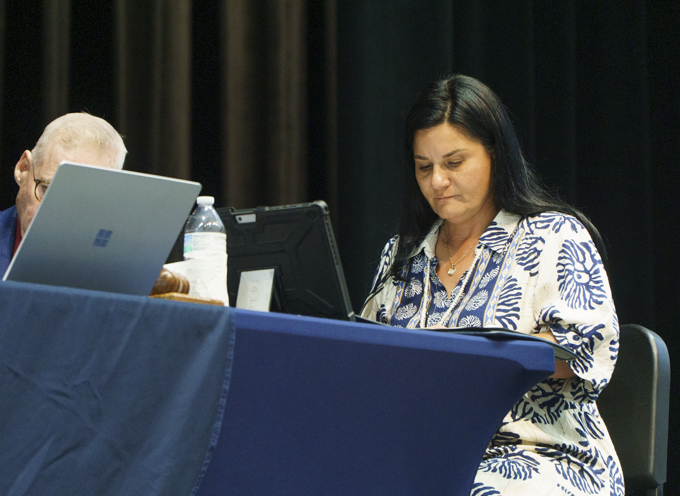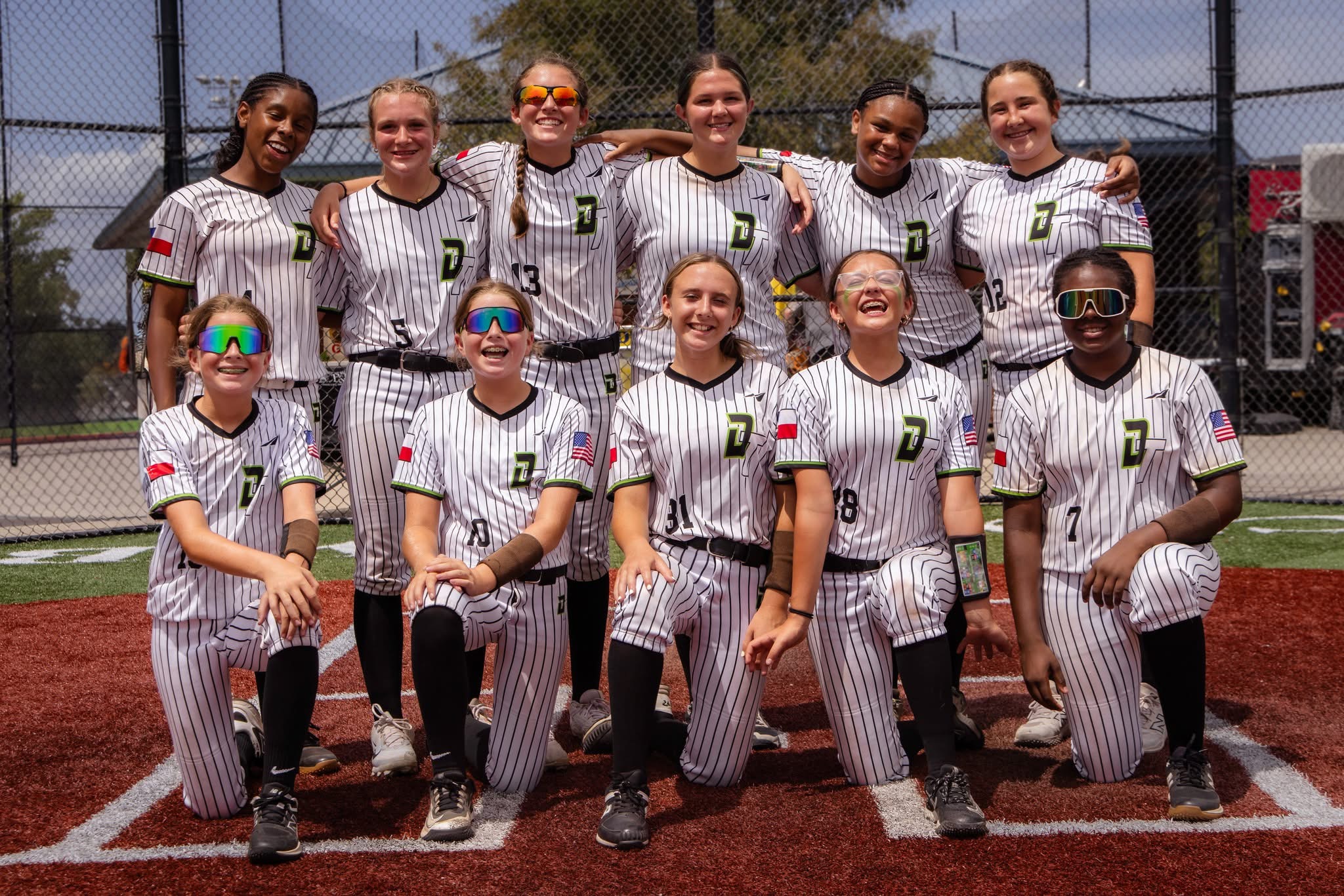East Texas veteran who took part in post-WWII occupation of Japan recalls service with fondness
Published 10:40 pm Saturday, July 12, 2025
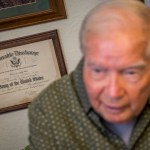
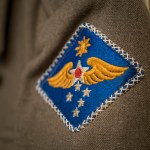
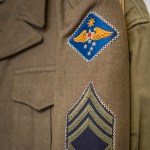
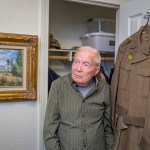
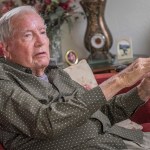
KILGORE — From 1941 to 1945, the men who enlisted in the U.S. military were trained to be warriors. When Lee Downing joined in June 1946, however, their mission was different.
World War II hadn’t been over long by the time Downing set foot in war-torn Japan. Just a year prior, it was still a battleground.
Nearly 2.1 million Japanese soldiers, up to 3.1 million Japanese civilians and more than 100,000 American service members died in the Pacific theater of WWII, which ended when the United States dropped two atomic bombs on Hiroshima and Nagasaki in 1945.
Trending
But Downing and his comrades weren’t there to wage war anymore. He and his fellow troops were part of the U.S.-led post-war occupation of Japan, which was designed to rebuild the country and ensure it never would pose a threat to world peace again. U.S. leaders imported food to feed the hungry masses, established a democratic government, set up a system of education and demilitarized the nation, transforming it into one of America’s strongest allies.
September marks the 80th anniversary of the beginning of the occupation of Japan, and Downing, 96, is among the dwindling number of troops from the WWII era alive to talk about it. More than 16 million American men served during the war, but fewer than 70,000 are still living.
For the people of Japan, the occupation offered a new way of life. It did basically the same for a boy who grew up near Greenville
Downing was failing his junior year of high school, so he dropped out. He had a job helping a mechanic who had become crippled during the war. The mechanic told Downing he was a fool for quitting school and ought to join the military, then attend college thanks to the G.I. Bill.
“And I said, ‘You’re crazy, man. Who ever thought of it?’” Downing said. But he joined the U.S. Army Air Corps anyway. He was 17.
Downing served in Company B of the 440th Signal Battalion. Though he served after the war, he thought he was going to die on his 29-day trip to Japan aboard a troop ship. He was ransacked with seasickness, and he lost about 25 pounds on the trip there.
Trending
“I was on this troop ship with 8,000 men,” he said. “Can you imagine what the inside of that ship smelled like? I wasn’t the only one seasick.
“When I got off the boat there at, I said, ‘Thank you, Lord.’”
The occupation of Japan was a carefully thought-out plan to win over the support of the Japanese people, Downing said. Gen. Douglas MacArthur, who led the Allied forces in the Pacific, became the supreme commander of occupied Japan.
He allowed Japan’s emperor, Michinomiya Hirohito, to stay in power as a figurehead to facilitate the country’s surrender and reconstruction — a move that helped gain the support of the public.
Troops had various tasks during the occupation, and Downing’s job was to splice cables together to build phone networks for military facilities. At first, he didn’t quite know what he was doing: He thought he’d be splicing together large, heavy-duty metal cables such as those used on cranes and oilfield winch trucks.
“I asked this instructor, I said, ‘I hate to ask a lot of questions, but why are you teaching me all these fundamentals of electricity if I’m going to learn how to splice winch line cable?’” Downing said. “He says, ‘Where’d you come up with this winch line cable? These are telephone cables.'”
Downing was only a private first class when he was put in charge of a group of five men to build phone systems a base in Tokyo.
“I’m the only cable splicer in the whole place,” Downing said. I don’t have that much experience. … Here I am in charge of these five men.”
A couple of weeks later, a captain saw to it that Downing was promoted to the rank of corporal and later a sergeant.
Downing took part in a historic first during his time in the military: integration. When Downing finished cable-splicing school, his unit was moved to another base, where a squadron of Black troops was housed. Military integration started in 1948.
“They just pulled us right in there with them. We just mixed in with them. And that was integration,” Downing said.
He saw firsthand how successful reconstruction efforts in Japan were. He saw children going to school and watched as fishing ships were rebuilt to haul in food for the country.
Relationships, too, were formed. He was working on a small, man-made island in Tokyo Bay, and he patrolled a bridge between the island and Tokyo to ensure that phone lines weren’t being tampered with. Near the bridge, a Japanese family set up a stand to sell tea, and he noticed a pretty young lady there. She waved at him whenever he drove by, and he’d stop by for a glass of tea. She spoke a little bit of English. Her mother used white silk to sew patches onto Downing’s military uniform.
“I had an opportunity to be friendly with a lot of people,” Downing said.
So did other Americans. Service members were able to bring their wives to Japan, so more Americans and Japanese people had opportunities to meet one another. American military leaders hired Japanese people for various jobs and paid them more than they’d ever earned, Downing said.
“The buildings were all blowed all to heck, and they were slowly putting them back together,” Downing said. “Now that was the part that I couldn’t get over is how well they was working and how much everybody was working toward building this country back up.”
It goes without saying that his experience in Japan was vastly different from that of the men who fought there. Had Downing fought Japanese soldiers, he might have had a different outlook on the country.
“I think the way I looked at it was, ‘Why keep this up?’ This world was trying to be different. You can’t be different unless you love people,” he said.
Downing served in Japan for about two-and-a-half years and was discharged in March 1949 as a staff sergeant. He put the skill he gained in the military, cable splicing, to use working for the Southwestern States Telephone Co. in Kilgore. He worked there for 35 years until he took an early retirement. He and his late wife, Ruth, raised a family and were married for almost 60 years.
As he sat in his living room in Kilgore on a June afternoon, he talked about his time in Japan with fondness.
“The people weren’t responsible for what those soldiers and those cutthroats was doing,” he said. “The people didn’t have anything to do with that. They were just good people all the way around.”









